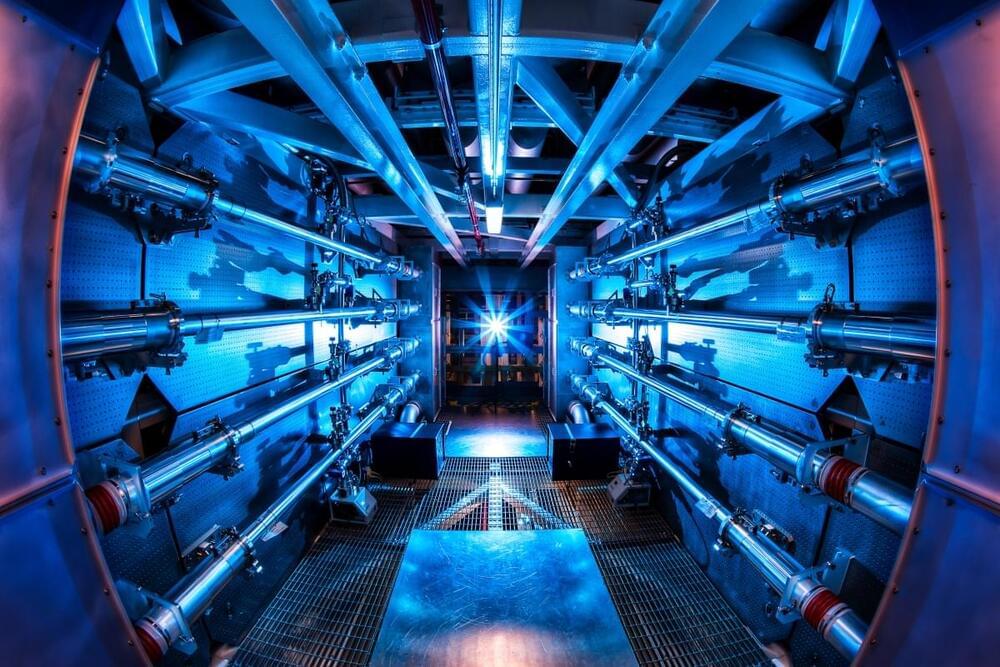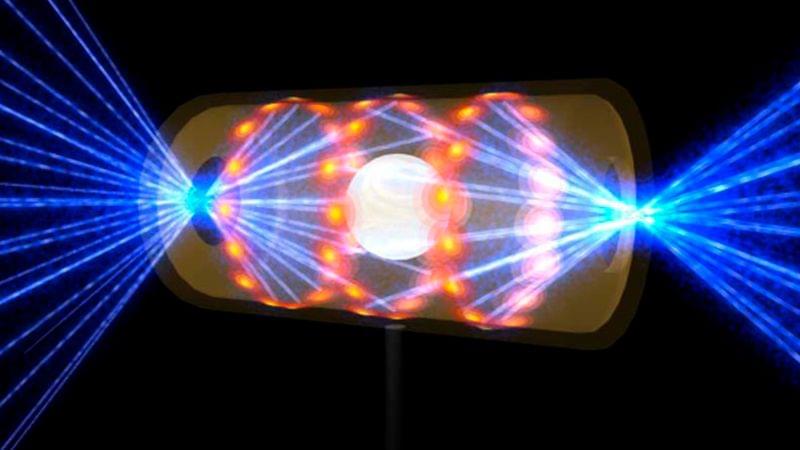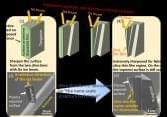WASHINGTON, Dec 12 (Reuters) — The U.S. Department of Energy on Tuesday will announce that scientists at a national lab have made a breakthrough on fusion, the process that powers the sun and stars that one day could provide a cheap source of electricity, three sources with knowledge of the matter said.
The scientists at Lawrence Livermore National Laboratory in California have achieved a net energy gain for the first time, in a fusion experiment using lasers, one of the people said.
While the results are a milestone in a scientific quest that has been developing since at least the 1930s, the ratio of energy going into the reaction at Livermore to getting energy out of it needs to be about 100 times bigger to create a process producing commercial amounts of electricity, one of the sources said.







